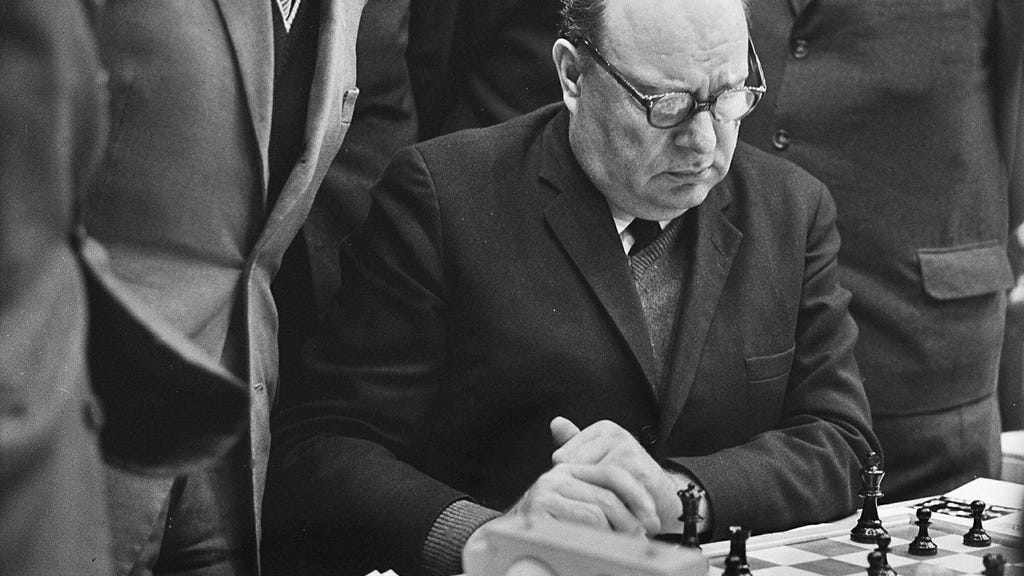Gideon Ståhlberg, a name largely forgotten in the annals of chess history, is the subject of a comprehensive two-part biography currently being penned by Peter Holmgren. This ambitious project, a decade in the making, aims to resurrect Ståhlberg’s legacy and solidify his place among the chess greats. The first volume covers Ståhlberg’s rise to prominence in the 1930s, a golden era for Swedish chess. Along with Gösta Stoltz and Erik Lundin, they formed a formidable trio known as ”The Three Musketeers,” propelling Sweden onto the international chess stage. Their collective efforts culminated in bronze and silver medals at the Chess Olympiads of 1933 and 1935 respectively. This period also saw Ståhlberg publish his first and arguably most influential book, ”Chess and Chess Masters,” a work foreshadowing his own future trajectory.
The 1939 Chess Olympiad in Buenos Aires marked a turning point, both for the world and for Ståhlberg’s personal journey. The outbreak of World War II cast a long shadow over the tournament, with some players, notably the English team, departing to contribute their intellectual prowess to the war effort, specifically the cracking of the German Enigma code. While the Olympiad eventually concluded, Ståhlberg made the momentous decision to remain in Argentina, a decision that would shape the next nine years of his life and forms the central narrative of the biography’s second volume.
Ståhlberg’s time in Argentina saw him ascend to the highest echelons of the chess world. He engaged in a fierce rivalry with Miguel Najdorf, a fellow émigré who had also chosen to stay in Buenos Aires. Their numerous battles were often decided by the slimmest of margins, with Najdorf frequently edging out Ståhlberg. Despite consistently placing near the top, Ståhlberg remained just a half-point away from the enduring fame achieved by his rival, whose name is immortalized in the Najdorf Variation, a popular chess opening. Holmgren’s research delves into the details of Ståhlberg’s life in Argentina, attempting to uncover the mundane aspects of his existence, including his living arrangements, which remain a mystery.
The later years of Ståhlberg’s Argentinian sojourn were marred by health issues, culminating in a financially draining emergency appendectomy at a German hospital. These circumstances likely contributed to his eventual return to Sweden in 1948. Though he continued to achieve sporadic tournament successes, his health and an increasing reliance on alcohol began to take their toll. Despite these challenges, Ståhlberg maintained a steady income through writing, contributing to newspaper chess columns and authoring several books, including ”The Chess Player’s Reader,” co-written with his friend Åke Wassing.
The second part of the biography promises a poignant exploration of Ståhlberg’s declining years in the 1960s. While acknowledging the somber nature of this period, Holmgren emphasizes the respect Ståhlberg commanded within the chess community, both as a player and an arbiter. His unexpected death in 1967, at the young age of 59, during the Leningrad tournament, serves as a testament to his enduring legacy. The invitation to this prestigious Soviet event underscored the esteem in which he was held by the Russian chess school.
Ironically, despite his international recognition, Ståhlberg’s memory faded rapidly in his homeland, eclipsed by the rise of Bobby Fischer and the emergence of a new Swedish star, Ulf Andersson. Holmgren laments the perception of Ståhlberg as a relic of a bygone era and hopes his biography will rectify this historical oversight. He envisions a renewed appreciation for Ståhlberg’s charisma and exceptional chess skills, providing the recognition he deserved but never fully received during his lifetime. The biography serves as a tribute, not just to a remarkable chess player, but also to a fascinating individual whose life was intertwined with the tumultuous events of the 20th century.














